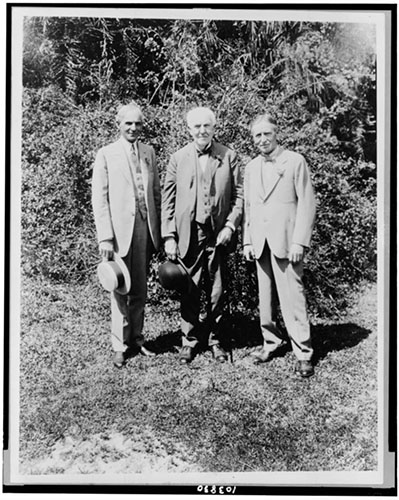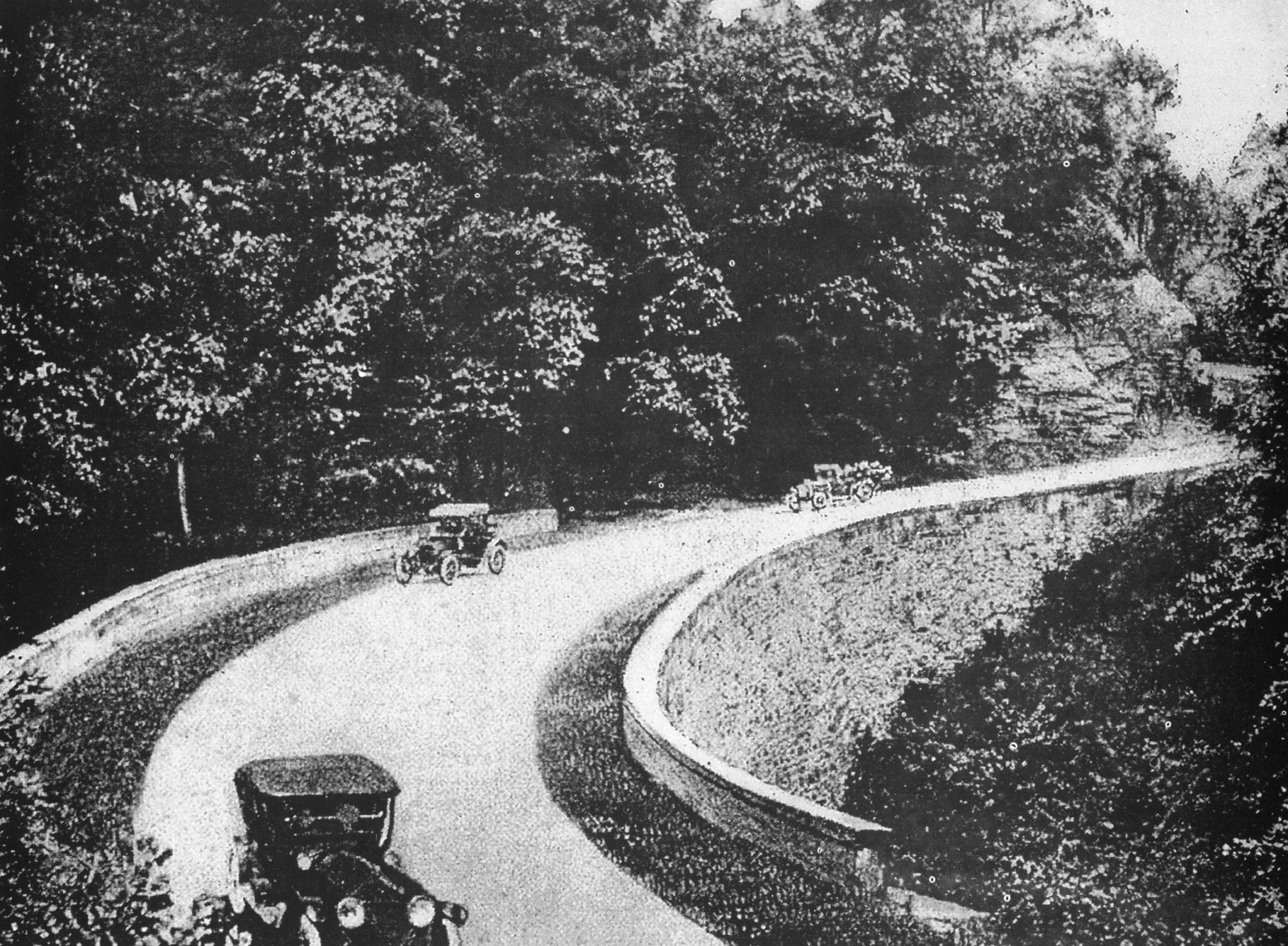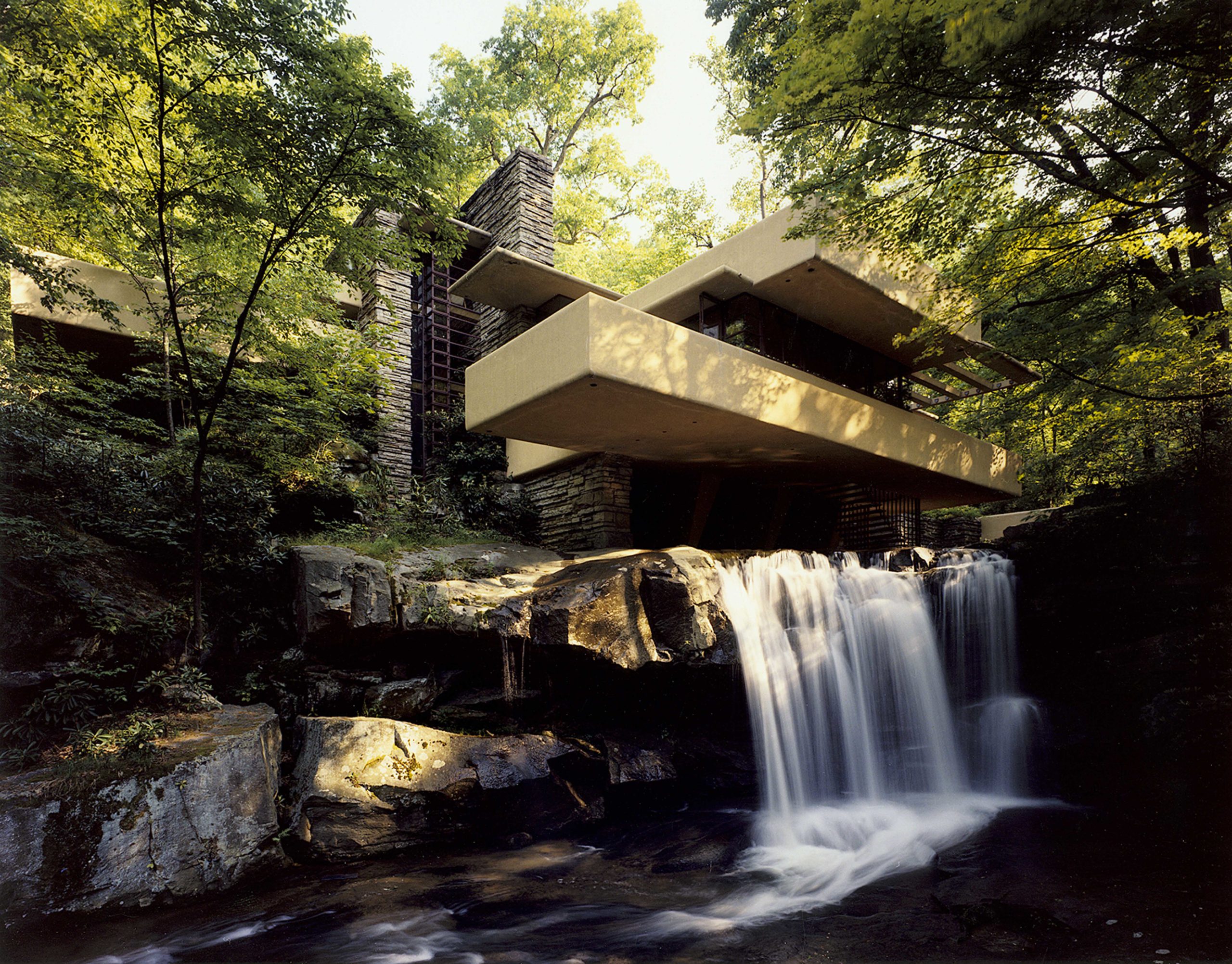
The National Road has served as the site of countless important historical events. Some of the most unique were what are referred to as the “Vagabond” camping trips of the early 20th century.
Between the years 1915 and 1924, a team of prominent historical figures embarked on a series of summer camping trips. The “Four Vagabonds” as they called themselves were none other than Henry Ford, American industrialist and the founder of the Ford Motor Company; Thomas Edison, the famous inventor and businessman; Harvey Firestone, the founder of the Firestone Tire and Rubber Company; and John Burroughs, American naturalist and nature essayist.
The original idea for these adventures was initiated in 1914, when Ford and Burroughs visited Edison in Florida to tour the Everglades together. The following year when Ford, Edison and Firestone were in California for the Panama-Pacific Exposition, this idea began to take shape.
In 1916, Edison asked Ford, Burroughs and Firestone to accompany him through the New England Adirondacks and Green Mountains. Ford was unable to join the group, but in 1918, Ford, Edison, Firestone and his son Harvey, Burroughs, and Robert DeLoach of the Armour Company, traveled through the mountains of West Virginia, Tennessee, North Carolina, and Virginia.
The Vagabond camping trips were a wonderful success for all of the men involved. Subsequent trips were made over the nine years they travelled together, including the journey during the summer of 1921 where Edison, Ford, and Firestone camped out at multiple locations along the National Road, traveling from one campsite to the other, east to west along the Road.
All of the trips were very well organized and equipped, including several large passenger cars along with vans to carry the travelers, household staff, and equipment. But, after 1924, the trips attracted so much public attention that they were discontinued. Though these adventures lasted less than a decade, all of the men involved were undoubtedly changed by the experience.
Learn more about the history of the National Road by checking out our timeline! Help continue the preservation and research of historical events by becoming a Friend of the Road to show your support.


